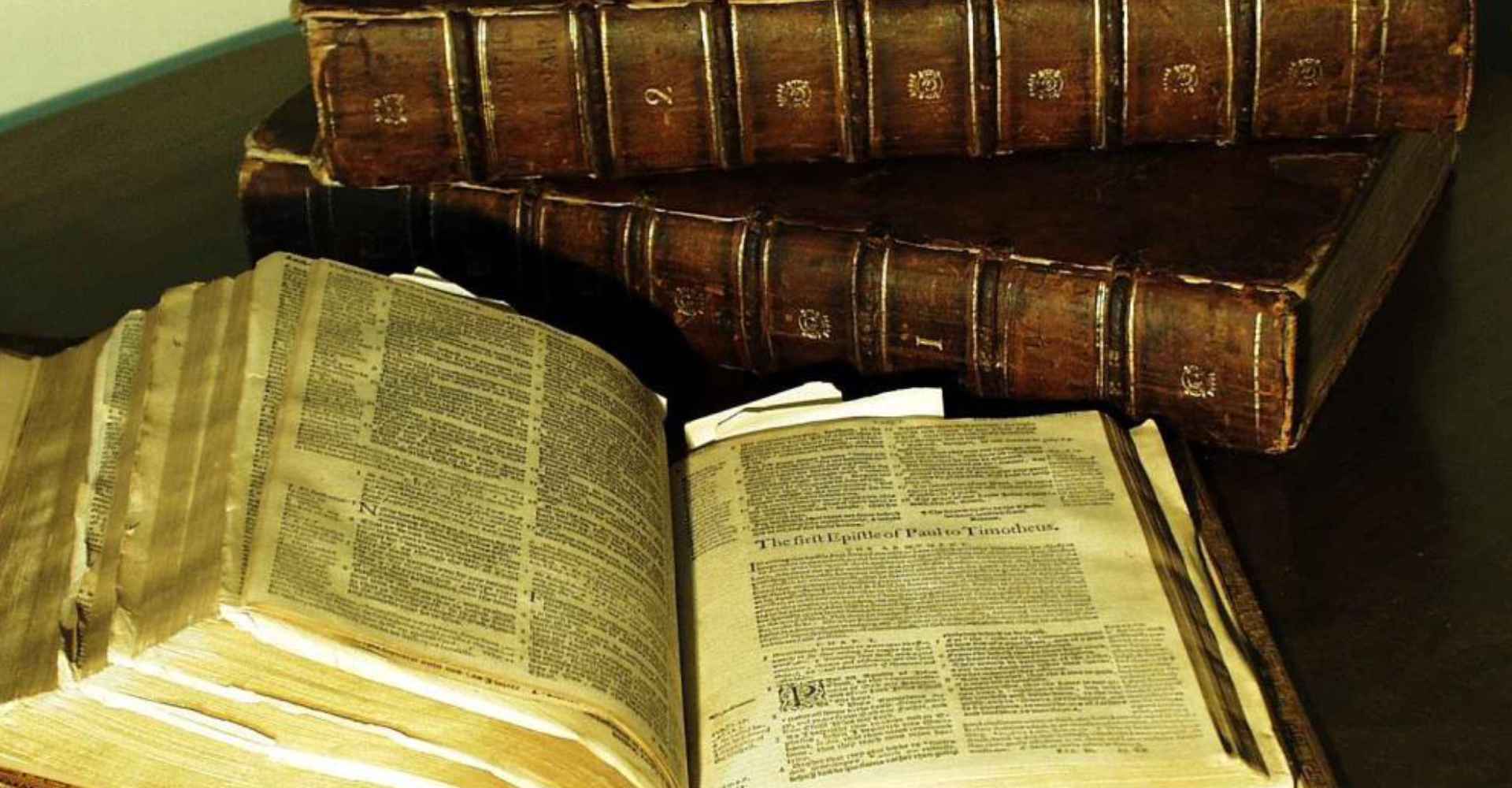When the great Sikh ruler of the Punjab, Maharaja Ranjit Singh (1780–1839) heard that an American missionary has arrived on the other side of River Sutlej, the boundary between the Sikh and British territories, he sought to meet him. The maharaja primarily wanted to judge whether this young American can teach English to the young boys of his military chiefs. John C. Lowrie (1808–1900), all of 26 years of age, met him at his Lahore Darbar in early 1835.
Historian John C. B. Webster tells us that in one of the several meetings that the maharaja and the missionary had, the question that really piqued the curiosity of the great Sikh was how God wanted rulers to govern. He wanted to know from the Bible that if God punishes the wrongdoings committed by men, why do human authorities and rulers exist. To which Lowrie replied: “Rulers are appointed by God to punish in this world many kinds of wickedness; but all will have to give an account, in the next world, to God, both rulers and subjects.” One could, of course, hear the echoes of interactions that Daniel may have had with the ancient kings like Nebuchadnezzar and Darius! Rulers must always remember that their power is not absolute and there is one above them whom they must give an account to.
More importantly, Lowrie also mentioned to him that civil authorities in “Christian” countries can use their power to punish wrongdoings of the priestly class: ‘“What! if a padre commits a crime, will they [the government] punish him like another man?” “Certainly.” This he deemed wonderful.’ This piece of ordinary information from Lowrie undoubtedly stunned Ranjit Singh as in the Indian subcontinent religious leaders and priests routinely claimed superiority over the ruling class and escaped the consequences of their crimes and “sins”. The struggle continues to this day, as many religious extremist organisations continue to defy the Indian constitution and say that the claims of “faith” do not recognise the demands of law.
Lowrie also gifted him an English Bible and the Punjabi Pentateuch. Earlier, during his journey, Lowrie had thought of gifting Punjabi New Testament to Lehna Singh, the chief of Amritsar district. But he already had one!
It is worth noting here that Lowrie, the first missionary to Punjab arrived only in 1834, but the Scripture was already available in Punjabi. British Baptist missionary, William Carey, the leader of the Serampore trio, had already produced a Punjabi Bible in 1815, nearly twenty years before any missionary set foot in the state!
George Smith, Carey’s biographer, wrote about the impact of the Bible that was already being seen in Punjab.
The Punjabi Bible, nearly complete, issued first in 1815, had become so popular by 1820 as to lead Carey to report of the Sikhs that no one of the nations of India had discovered a stronger desire for the Scriptures than this hardy race. At Amritsar and Lahore “the book of Jesus is spoken of, is read, and has caused a considerable stir in the minds of the people.” A thug, asked how he could have committed so many murders, pointed to it and said, “If I had had this book I could not have done it.” A fakeer, forty miles from Lodiana, read the book, founded the community of worshippers of the Sachi Pitè Isa, and suffered much persecution in a native State.
However, it was left to another American Presbyterian missionary to revise and improve the Punjabi translation. John Newton (1810–1891) arrived with his wife Elizabeth (1812–1857) and other missionaries in India in 1835. Newton also brought a printing press with him. Over the years, in the course of translating and printing the Bible in ten different languages, Newton also blessed Punjab with the first Punjabi grammar (1851) and the first Punjabi dictionary (1854). He is indeed a pioneer in the field of modern Punjabi language and literature. Christianity, however, had the greatest impact on the illiterate untouchables of Punjab. It was with Ditt (b. ca. 1834), a dealer of hides, in the district Sialkot (now in Pakistan), that the Christian mass movement began in Punjab. In this Spirit-led movement, the number of Christians increased from 3,796 in 1881 to 3,75,031 in 1921.
The missionaries were now faced with the dilemma whether to allocate majority of their resources for evangelism or for pastoral and educational work. Missionaries had already started schools, but many more were required. To begin with, missionaries were slow to respond to this need. They did, however, plant schools and churches together as the time went by.
Today, the literacy rate among Christians of Punjab stands at little over 54% (2001 Census), which is the second lowest in all communities in Punjab. This is in complete contrast to the national figures, where Christians are second from the top with over 80% literacy rate. This may seem like a big failure of the church, because it means that about 50% of Punjabi Christians cannot read, let alone immerse themselves in, the Scripture. God has given his Word in the written form; it is the first responsibility of the church and of individual believers to do all that is possible to acquire skills to read and analyse the great Scriptural truths. This is not to deny the great efforts made by even the illiterate converts to absorb the Scriptures to the fullest. They memorised by heart various long passages of the Bible, including the Lord’s Prayer, the Ten Commandments, the entire Sermon on the Mount, 1 Corinthians 13, the creeds and hosts of psalms and proverbs. In fact, Zaboors, the Punjabi rendering of the Psalms by Imam-ud-din Shahbaz in early 1900s has made the great devotional poetry an integral part of Punjabi worship and has instilled the Word in the minds and souls of the Punjabi church. But memorising is no substitute for the ability to read for oneself.
One obvious way out is for more and more children, and even adults, to be enrolled in schools and other education facilities. Pastors must make it their top priority that everyone in their congregation is literate. It is also imperative to find and create teachers who could work sacrificially to motivate a demoralised set of people to excel in studies.
Another way is to work with churches to improve biblical literacy and to give the congregations the skills to do a deep study of the Scriptures. The experience of history tells us that the reading and related analytical skills common people in the West acquired, especially post-Reformation, went a long way in transforming the very fabric of the social culture of the West. The skills they acquired during Bible reading were successfully applied to their professional lives, and it resulted in general improvement in efficiency and ability to perform complex tasks. People did not study to do well in their professions. They did well in their professions because they had been reading the Bible, the Word of God.
The new generation of Christian leaders and educators in and outside Punjab must take up this challenge. Fifty-four per cent may seem like a failure; but, seen from another angle, it is a figure to be proud of. In 180 years, the literacy rate has improved from nearly 0% to 54%! In this age of technical advancements and pedagogical expertise so easily available, is it merely a pipedream to expect the figure to soar to 100% in the next two generations?
A small group of believers in Punjab have been praying to use the bicentenary of the Punjabi Bible as an occasion to bring the Punjabi church “Back to the Bible”. Their vision is to hold 200 intensive Bible-study workshops across Punjab in the year 2015! What better way could be there to introduce literacy and love for the Bible among the church? Would you like to join in prayers?






